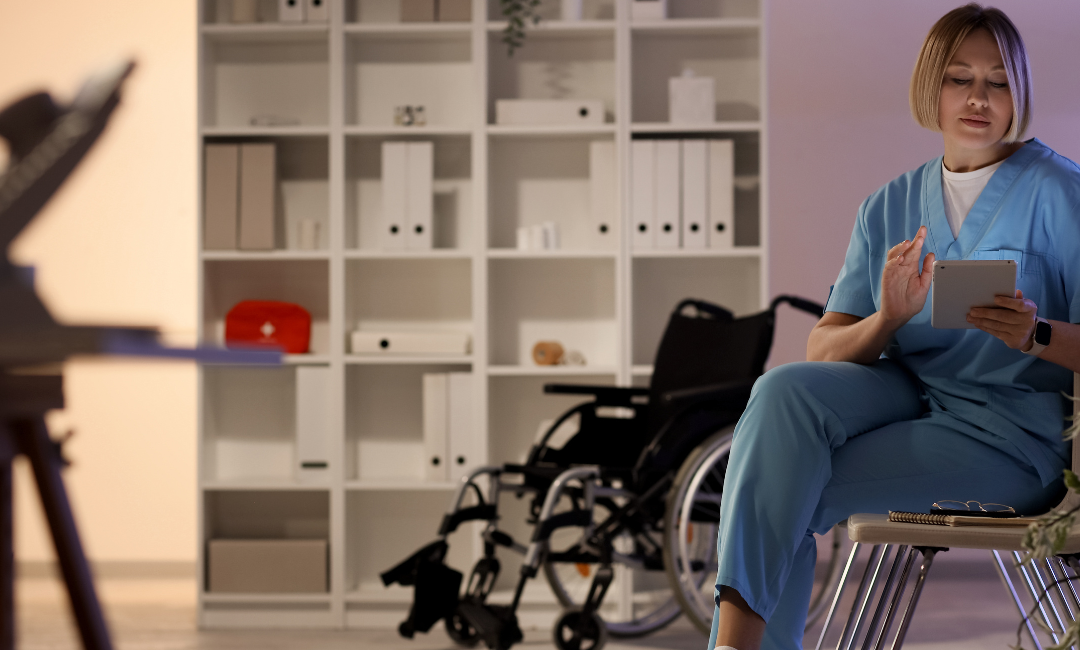Navigating Nurse Safety
There are several facts in the above real-life scenario that I would like to bring attention to. The patient verbally abused me by calling me a derogatory name. The patient then attempted to physically assault me. I took the appropriate steps to protect myself as well as my coworkers by notifying security and documenting the patient’s (well known) behavior.
I had the safety training. My coworkers were team players and assisted me for my safety. Security was quick to respond and prevented this specific patient from physically assaulting me, yet no interventions were effective at completely stopping the verbal abuse.
But the bottom line is, the patient was abusive.
With all the safety measures in place, this patient continued to be abusive. It is also a fact that the patient needed wound care and antibiotics to prevent further complications to his already deteriorating status.
The question I feel should be yelled from the hospital rooftops is, how can hospital administration keep nurses in a safe environment while ensuring their nursing licenses will not be affected when it becomes physically or mentally unsafe for nursing staff to care for a patient?
If I had refused to care for said patient in the above scenario, one of two things would have likely happened: I would have been written up for not caring for the patient, or worse, one of my coworkers would have been stuck caring for this patient, who would have most likely been verbally and/or physically abusive to them as well.








